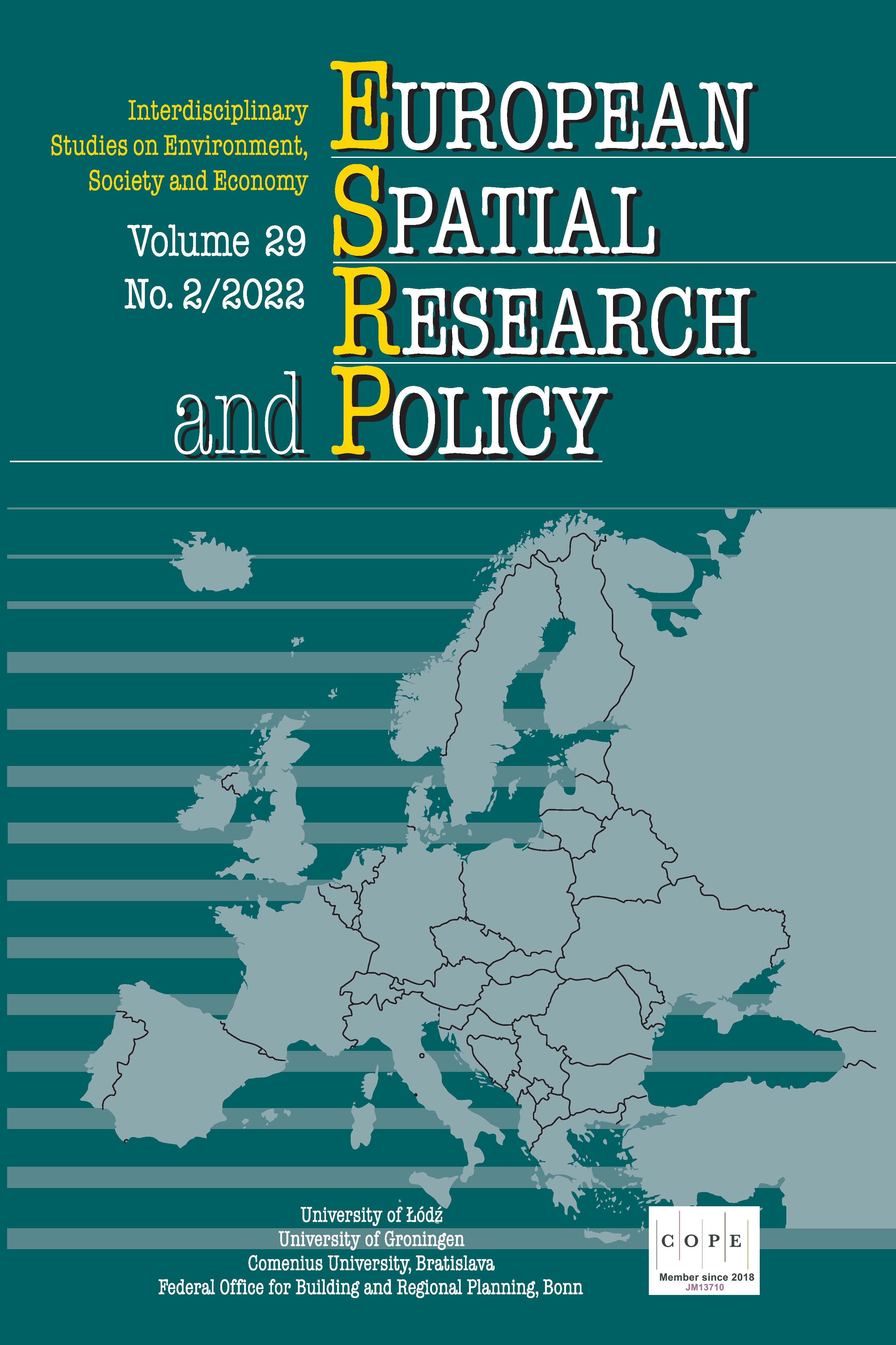Estimating urban vulnerability to flood and heat hazards: A case study in the municipality of Thessaloniki, Greece
Estimating urban vulnerability to flood and heat hazards: A case study in the municipality of Thessaloniki, Greece
Author(s): Vasileios Lazaridis, Dionysis LATINOPOULOSSubject(s): Applied Geography, Environmental and Energy policy, Globalization
Published by: Wydawnictwo Uniwersytetu Łódzkiego
Keywords: urban vulnerability; urban heat island; spectral indices; flood risk; spatial heterogeneity
Summary/Abstract: Continuous urban expansion, the conversion of open land to built-up areas and increased energy consumption have diversified the microclimates of cities. These phenomena combined with climate change hazards increase the vulnerability of cities, in a spatially heterogeneous way. Therefore, cities should become more resilient to those threats, by identifying and prioritising highly vulnerable areas. The main purpose of this study is to develop a spatial-based approach to assess the vulnerability of climate-related hazards in the urban environment of Thessaloniki (Greece). In this context, spatial and temporal patterns of land surface temperature were estimated through the calculation of various spectral indices, to conduct an analytical Urban Heat Island vulnerability assessment. Furthermore, the FloodMap-Pro application was used to identify coastal areas that are vulnerable to sea level rise, while historical floods were digitised in order to identify potential urban (flash) flood zones. The most important outcome of this paper is the creation of an integrated spatial vulnerability index, which identifies the urban areas that are prone to all these hazards. The final vulnerability map illustrates how the city of Thessaloniki is exposed to several climate-related hazards and that many areas/neighbourhoods are prone to one or more risk factors.
Journal: European Spatial Research and Policy
- Issue Year: 29/2022
- Issue No: 2
- Page Range: 309-340
- Page Count: 32
- Language: English

